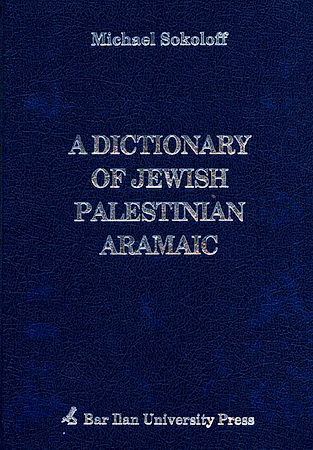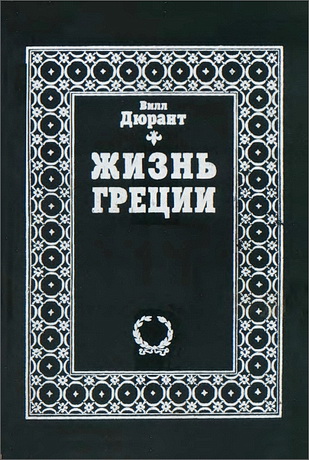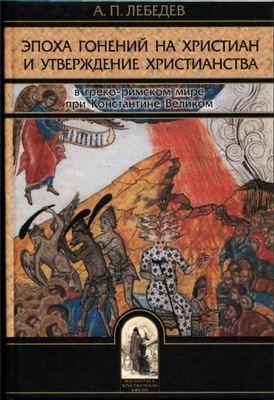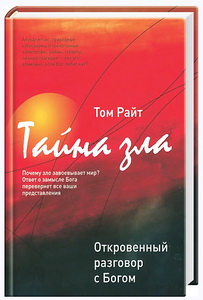
Sokoloff - Dictionary of Jewish Palestinian Aramaic

DICTIONARIES OF TALMUD, MIDRASH AND TARGUM
Настоящий словарь — первая попытка рассмотреть обстоятельным образом отдельный диалект, один из тех, которые составляют раввинистическую литературу в ее самом широком смысле.
Так как корпус источников для анализа был определен на лингвистической, а не на литературной основе, он содержит в себе тексты разных жанров. По общему признанию, отсутствие ивритского компонента Талмуда и текстов из Мидрашей в этом издании, действительно, является практической проблемой для студента, занимающегося с этим текстом.
Sokoloff Michael - A dictionary of Jewish Palestinian Aramaic of the Byzantine period
BAR ILAN UNIVERSITY PRESS, 1992. - 415 р.
ISBN 965-226-101-7
ISBN 965-226-101-7
Sokoloff Michael - A dictionary of Jewish Palestinian Aramaic of the Byzantine period - Content
- PREFACE
- ACKNOWLEDGMENTS
- INTRODUCTION
- ABBREVIATIONS AND SIGNS
- SOURCES
- DICTIONARY
-
INDICES:
- I. INSCRIPTIONS
- II. TARGUMIM
- III. MIDRA-SHIM
- IV. PALESTINIAN TALMUD
- V. GAONIC LITERATURE
- VI. POETRY
- VII. PAPYRI FROM EGYPT
- VIII. AMULETS
- IX. KETUBBOT
- X. TIBERIAN MASORA
- ADDENDA
Sokoloff Michael - A dictionary of Jewish Palestinian Aramaic of the Byzantine period - Preface
The author's aim in preparing the present dictionary has from the very beginning been a dual one:
- To provide students and scholars with a tool for an accurate understanding of the Aramaic dialect of the Jewish Palestinian literature of the Byzantine Period.
- To provide a tool for the Aramaist and Semitic linguist by which to see the relationship of this Aramaic dialect to the other ones, especially the contemporary dialects of Palestine.
These two aims, one literature oriented and the other language oriented, are somewhat at odds because of the nature of the Rabbinic literature of the Byzantine Period. This dilemma was succinctly expressed by Th. Noldeke over a century ago as follows:
One could tend to doubt the propriety of a dictionary of the entire old Rabbinic literature. Namely, it is anathema for linguists to find Hebrew and Aramaic together in one lexicon. But on the the other hand, this entire literature, as diverse as it is, stands together. And furthermore, Hebrew and Aramaic passages in both Talmuds and in the later Midrashim stand so close that any doubt may be suppressed before practical needs.
One could tend to doubt the propriety of a dictionary of the entire old Rabbinic literature. Namely, it is anathema for linguists to find Hebrew and Aramaic together in one lexicon. But on the the other hand, this entire literature, as diverse as it is, stands together. And furthermore, Hebrew and Aramaic passages in both Talmuds and in the later Midrashim stand so close that any doubt may be suppressed before practical needs.
The present dictionary is the first attempt to treat in a comprehensive manner an individual dialect out of those which comprise the Rabbinic literature in its broadest sense. Since the corpus under analysis has been defined on a linguistic and not on a literary basis, it crosses the boundaries between different text genres. Admittedly, the absence of the Hebrew component of the Talmudic and Midrashic texts in this volume is a practical problem for the student of these texts. Indeed, it is to be hoped that eventually a new comprehensive dictionary of the entire Rabbinic literature will be produced. This, however, must follow the preparation of the dialect dictionaries of which the present one is the first example. It is the author's hope that in presenting a full semantic description of one dialect, an example has been set for others to follow, so that we may have detailed, up-to-date, and accurate pictures of the languages of the Rabbinic literature.




Комментарии
Пока нет комментариев. Будьте первым!